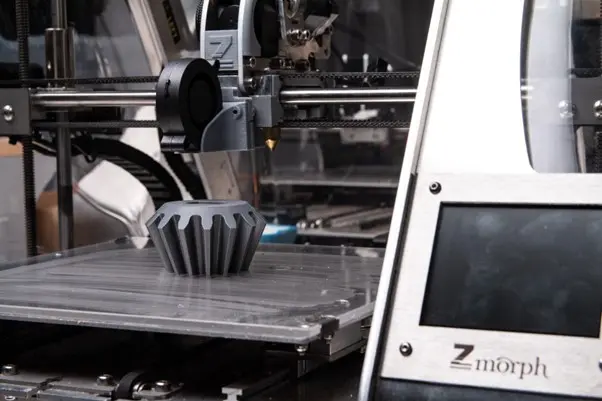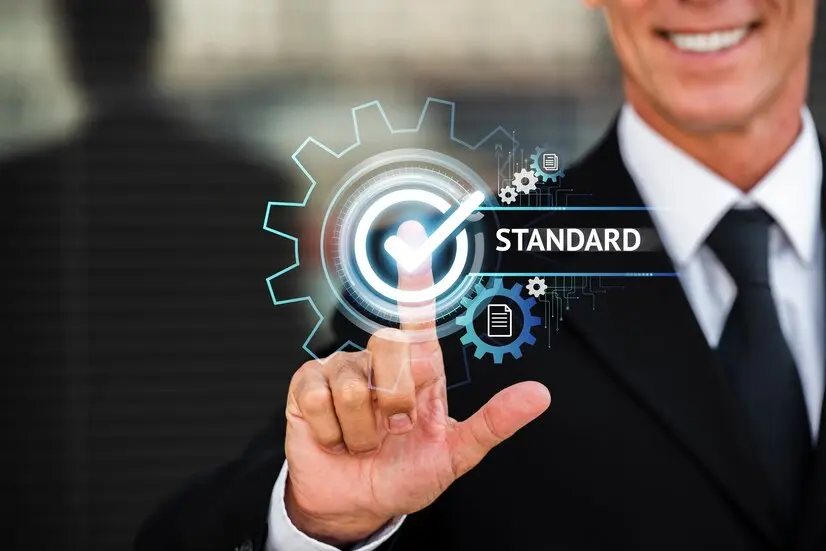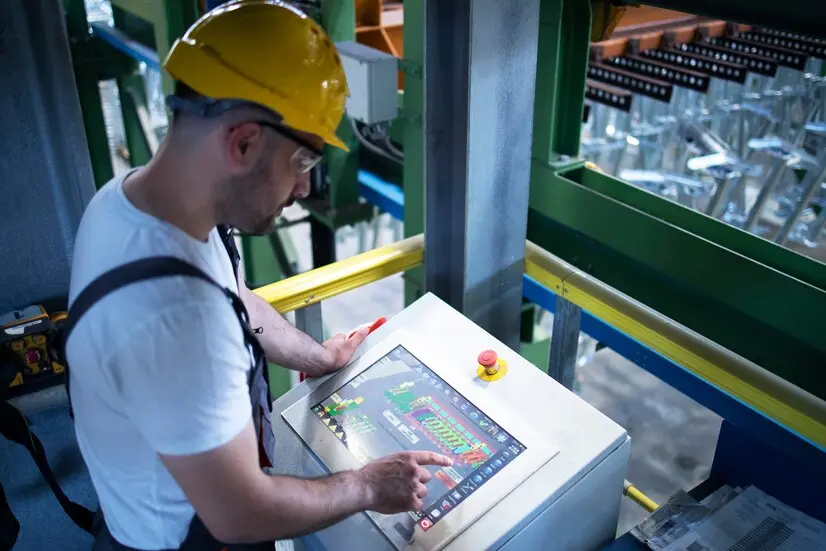The Ultimate Guide to Choosing the Best 3D Scanner for Your Needs
Choosing the best 3D scanner can be tough, given the many choices out there. Whether you’re a hobbyist, engineer, or artist, picking the right one is important for getting good results. A great 3D scanner helps you save time and boosts your creativity. It makes your projects more efficient. To pick the right scanner, it’s […]
The Ultimate Guide to Choosing the Best 3D Scanner for Your Needs Read More »










